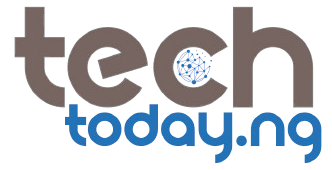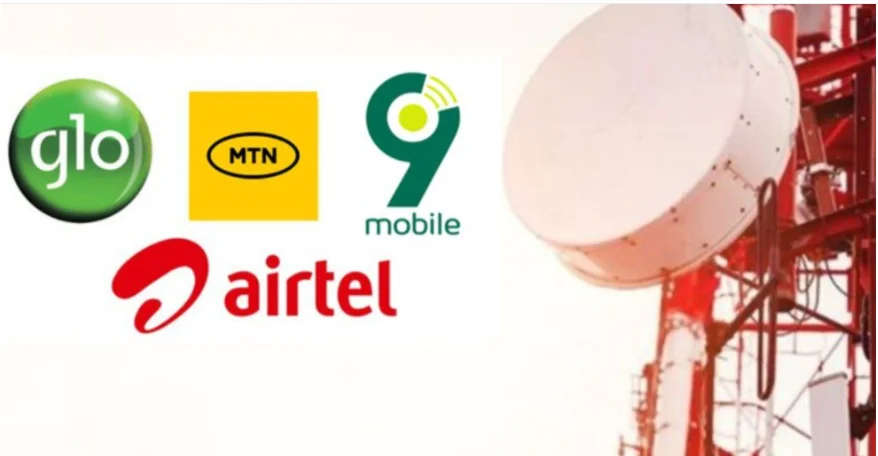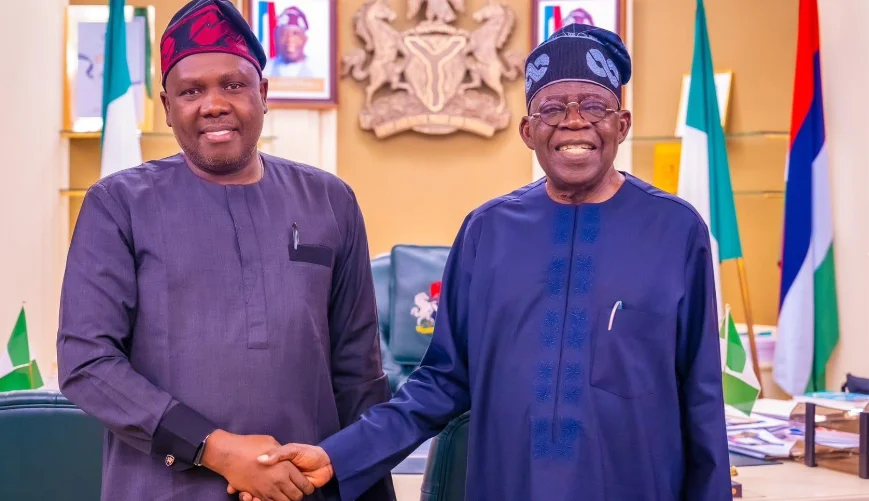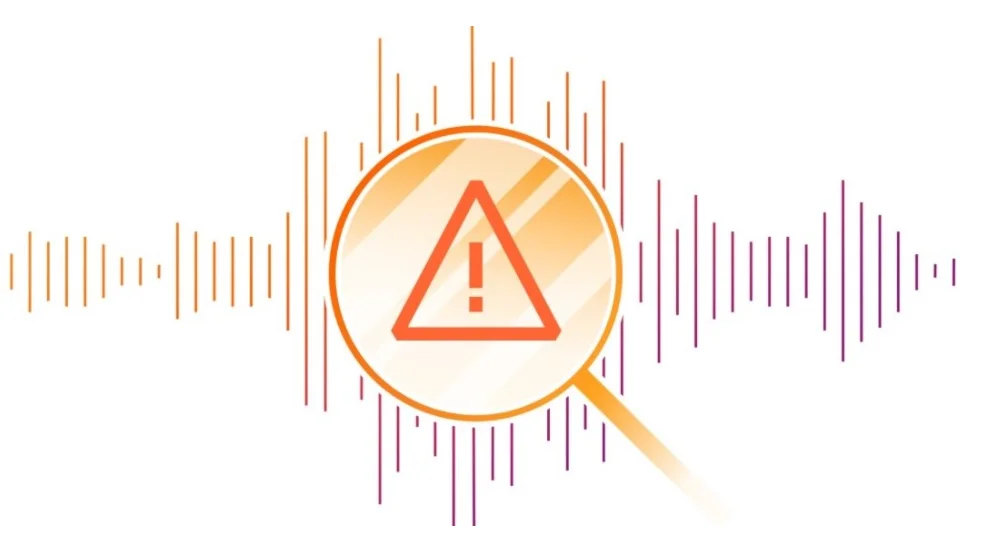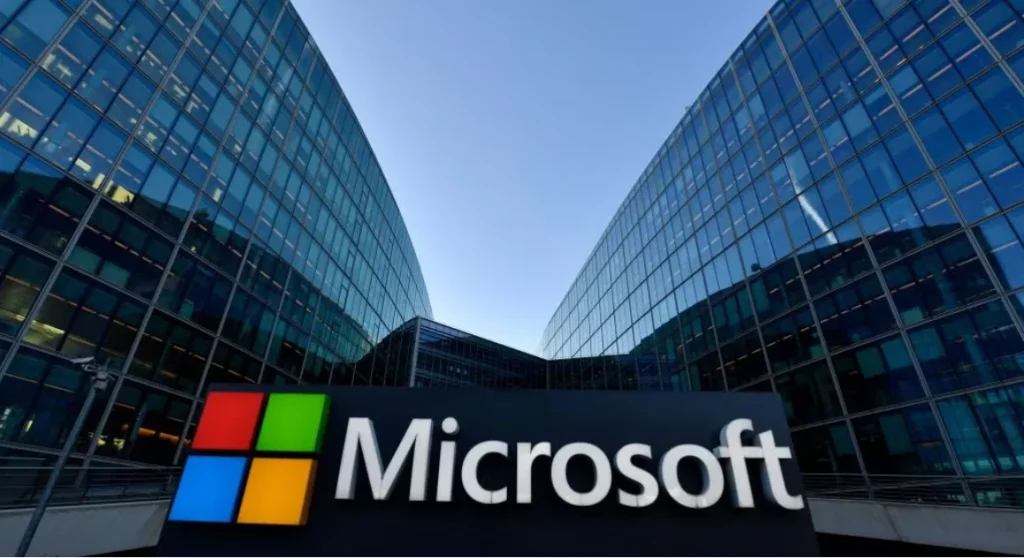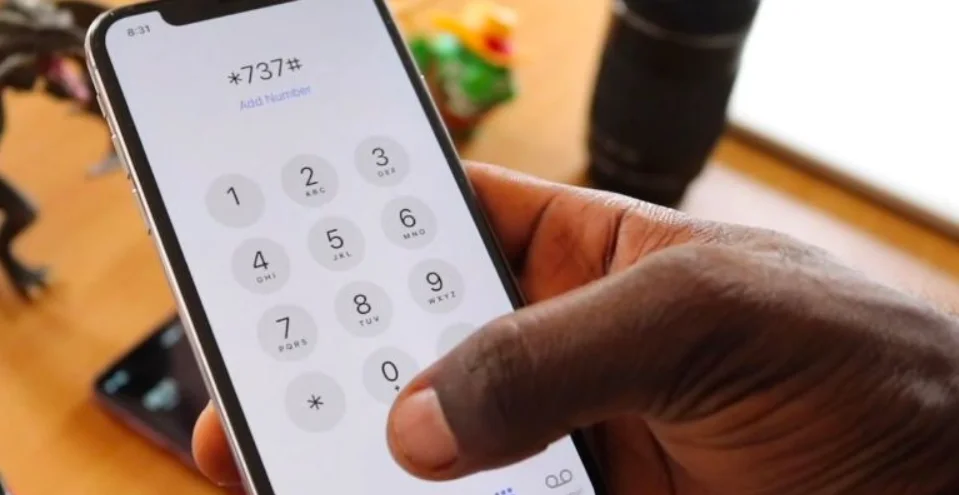The GSMA, in partnership with six of Africa’s largest mobile network operators. Airtel, Axian Telecom, Ethio Telecom, MTN, Orange, and Vodacom, has proposed a new set of minimum specifications for affordable, entry-level 4G smartphones.
This initiative, under the GSMA Handset Affordability Coalition, aims to accelerate digital inclusion by reducing smartphone costs for millions of Africans who remain offline despite being within mobile broadband coverage zones.
Tackling the Affordability Gap
Smartphone affordability remains the biggest barrier to mobile internet adoption in Sub-Saharan Africa. According to the GSMA’s State of Mobile Internet Connectivity 2025 Report, over 3 billion people worldwide live within network coverage but are still not connected, with handset cost cited as the leading cause.
Insights from GSMA Intelligence show that introducing smartphones priced at $40 could connect up to 20 million more people, while $30 devices could enable as many as 50 million new users to access the mobile internet across Sub-Saharan Africa.
The newly proposed requirements cover key performance areas such as memory capacity, RAM, camera quality, display size, and battery life, ensuring that low-cost 4G smartphones deliver a durable and satisfying user experience.
“Access to a Smartphone Is a Lifeline”
“Access to a smartphone is not a luxury – it is a lifeline to essential services, income opportunities, and participation in the digital economy. By uniting around a shared vision for affordable 4G devices, Africa’s leading operators and the GSMA are sending a powerful signal to manufacturers and policymakers. This is an important step towards bridging the digital divide and ensuring that millions more people can reap the benefits of mobile connectivity.”
— Vivek Badrinath, Director General, GSMA
A Call to Action
In the coming months, the GSMA will engage with OEMs and technology partners to refine and endorse these minimum handset requirements. Simultaneously, the mobile industry is urging African governments to remove taxes and import duties on entry-level smartphones priced below $100, as these can increase retail prices by over 30% in some markets.
Encouragingly, South Africa has already implemented tax reforms on low-cost smartphones earlier this year, a move the GSMA hopes other nations will emulate to drive digital transformation and economic inclusion across the continent.
Smartphones as Catalysts for Development
Expanding smartphone access is directly tied to progress in education, healthcare, financial inclusion, and e-commerce. The GSMA estimates that closing the mobile usage gap in low- and middle-income countries between 2023 and 2030 could generate up to $3.5 trillion in additional GDP.
The GSMA and the Handset Affordability Coalition stress that affordable smartphones are the cornerstone of this opportunity — the key to unlocking Africa’s next wave of digital growth.
For more information on the coalition’s work, visit the GSMA Handset Affordability Coalition page here.
